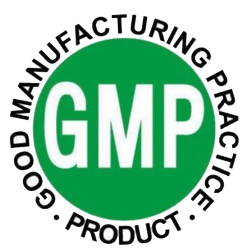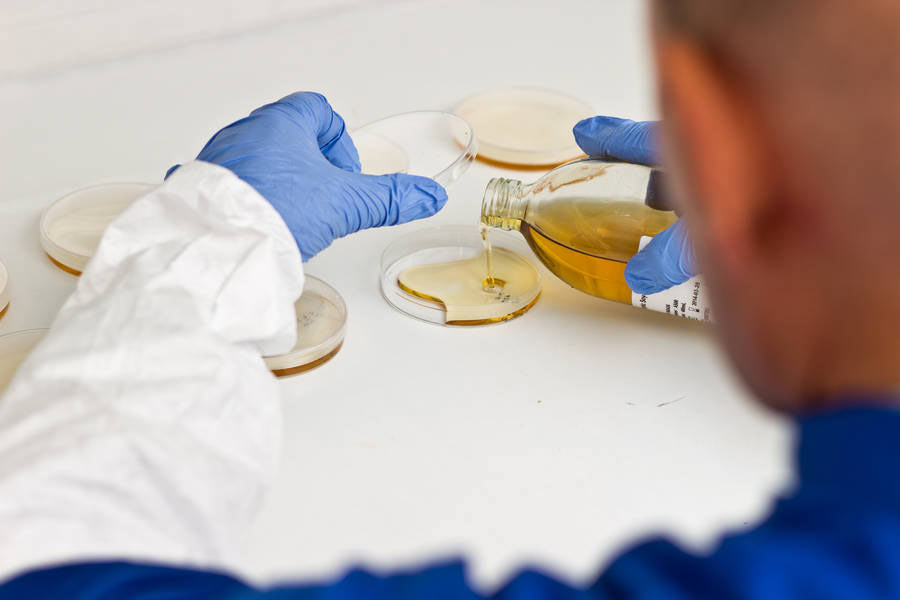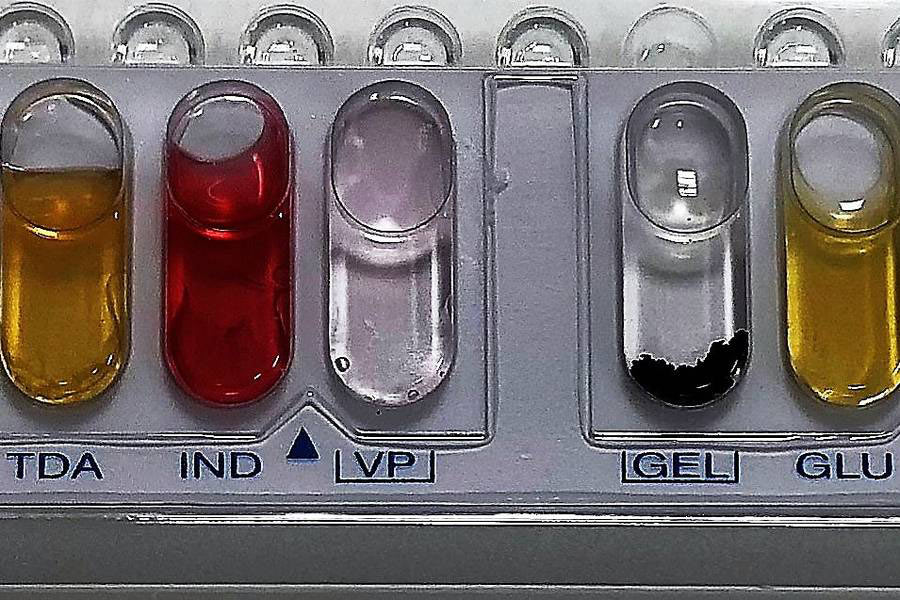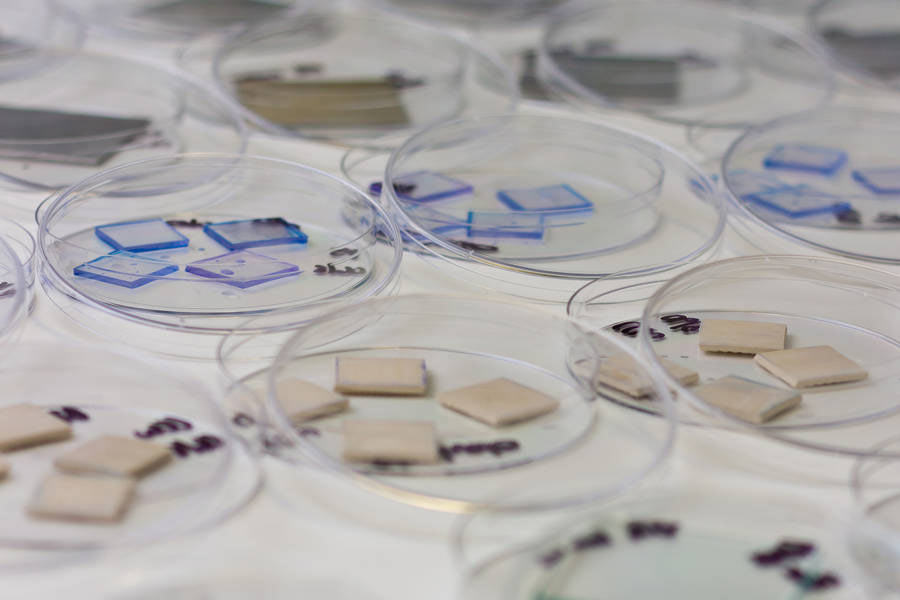Direct Inoculations
Testing products & occluded environments for sterility
What is Direct Inoculation?
Direct Inoculation is the study of how a material effects the D-value during the sterilisation process. This is normally conducted on stoppers or other materials that may increase the heat resistivity of an organism/biological indicator. The two primary types are direct surface inoculation and direct product inoculation.
Why do we do it?
There are two reasons to conduct a direct inoculation study:
- Unsure of how a material effects the D-value, for example, rubber tends to radically increase the D-value.
- Unable to measure an occluded surface or environment with a temperature probe perhaps due to physical space or poor access. A direct inoculation approach is the only way to ensure sterility as physical parameters cannot be known.
For a product or material to be sterilised, the effect of the product should be taken into consideration.
How do we assure compliance?
Our experts recommend that these studies should be performed prior to sterilisation validation activities, so that the modified D-value can be considered in the sterilisation calculations and validation.
The assessment of how the D-value is affected by the material is performed by inoculating the biological indicator organism directly onto the material. Where appropriate, such as for elastometric materials e.g. rubber stoppers, directly inoculated items may be appropriate for use in sterilisation.
Where it is not possible to measure the physical characteristics of a location or environment within a sterilisation load, a direct inoculation approach is the only way to ensure sterility. These locations are usually the hardest to achieve steam penetration and are therefore considered to be the worst case location requiring sterilisation validation.
Product direct inoculation is calculated by comparing a very small volume of product to water in capillary tubing to assess enhancement or inhibition of BI kill. The BIER vessel is designed for square wave analysis, thus, large liquid volumes have a lag heat up and cool down phase. Reducing the liquid volume allows “instantaneous” heat up and cool down. If the product offers protection from sterilisation the increased D-value is factored into the sterilisation validation. If the product enhances BI kill, it must be assumed that the product has no effect on the D-value of bioburden and in this case direct inoculation of the product is not an appropriate method for validation.
For further information and advice on Biological Indicators please browse our knowledge hub below, or contact us about your analytical testing requirements.
Our Customers:
























